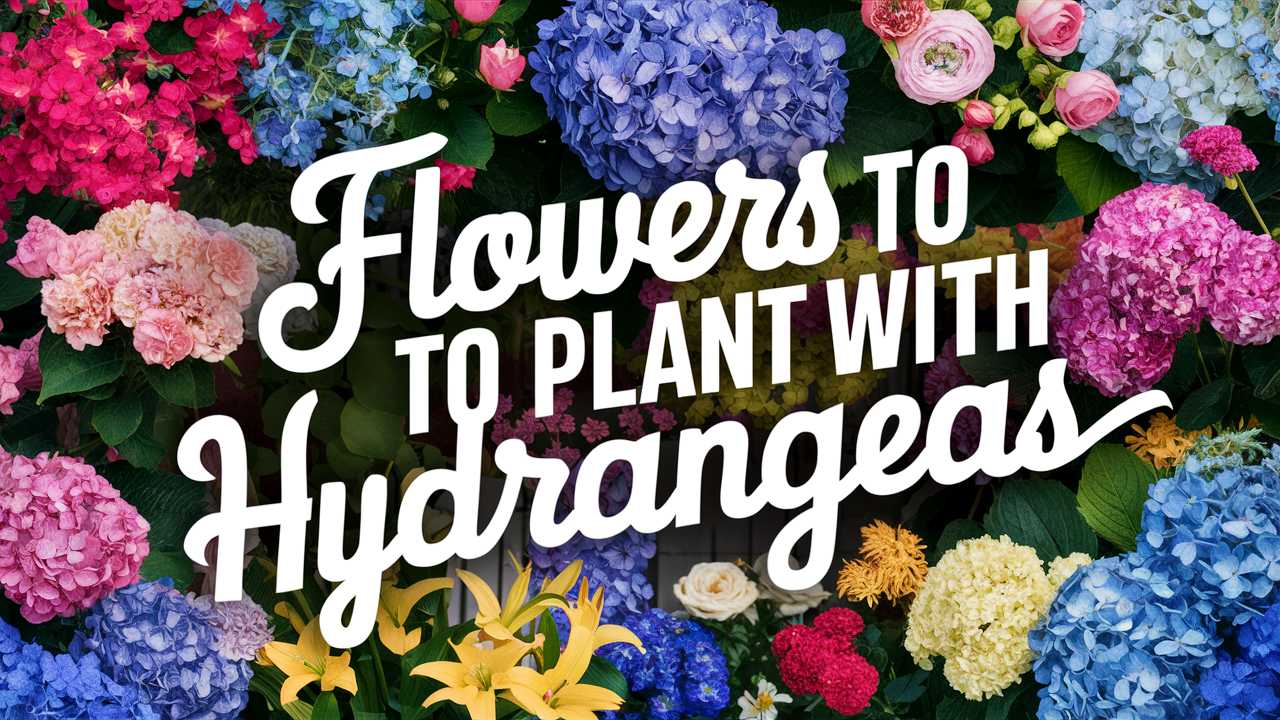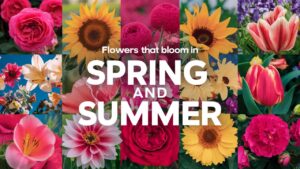In this article, we’ll explore some of the best flowers to plant alongside hydrangeas, focusing on diverse options that complement their beauty while offering different textures, colors, and seasonal interest.
Astilbe

Astilbe is a perennial flower that thrives in similar conditions to hydrangeas. These shade-loving plants produce feathery plumes of blossoms that come in shades of pink, white, and red, creating a beautiful contrast to the rounded blooms of hydrangeas. Astilbe prefers moist, well-drained soil and part to full shade, making it an ideal partner.
When planted together, astilbe’s feathery texture contrasts delightfully with the dense hydrangea foliage. Moreover, adding astilbe provides extended blooming periods from early summer through late summer. Their flowers attract pollinators, such as bees and butterflies, promoting biodiversity in your garden.
Astilbe’s graceful architecture enhances hydrangeas’ robust presence, allowing both plants to shine in their unique ways. Consider grouping astilbe varieties by flower color to create an eye-catching visual tapestry beneath the hydrangeas.
Hostas

Hostas are a gardener’s favorite for creating lush, shady landscapes. These foliage plants come in a variety of sizes, colors, and textures, making them an ideal accompaniment for hydrangeas. With their broad leaves, hostas provide ground cover while also adding depth to your garden design.
In a garden where hydrangeas thrive, hostas can help fill the surrounding space, softening the transition between plants. They’re particularly effective for preventing soil erosion, especially in shaded areas. Choose varieties with contrasting leaf colors, such as deep green, blue, or variegated patterns, to enhance the visual interest when placed near hydrangeas.
Moreover, hostas bloom with tall spires of flowers in late summer, offering a second wave of color when hydrangeas begin to fade. Both plants appreciate similar moisture levels and can benefit from the same mulch layers, making them a low-maintenance pairing in any garden setting.
Coral Bells
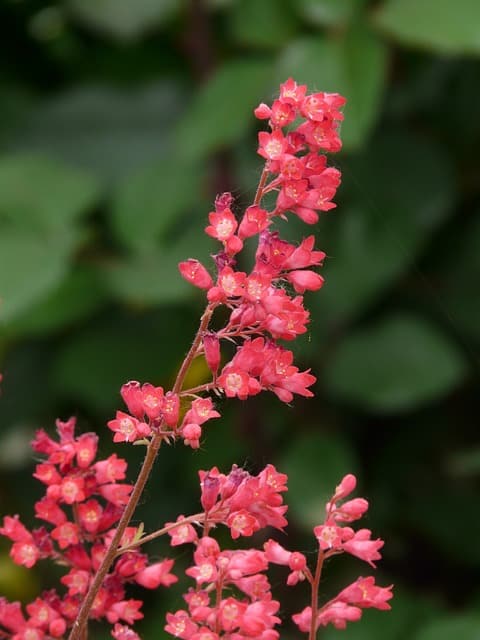
Coral bells, or Heuchera, add a splash of vibrant color to your garden with their stunning foliage that ranges from deep burgundy to bright lime green. What makes coral bells particularly appealing as a companion for hydrangeas is their low-growing habit and stunning flower spikes that rise above the foliage, typically blooming in late spring to early summer.
The delicate bell-shaped flowers create a lovely visual contrast against the large clusters of hydrangea blooms. This combination not only looks beautiful but also attracts hummingbirds and pollinators, which can benefit your entire garden ecosystem.
Coral bells thrive in a wide range of light conditions, from partial shade to full sun, and are well-suited for edging around hydrangeas. Their scalloped leaves add textural interest, helping to create layers within your garden beds, while their drought tolerance means less frequent watering alongside the moisture-loving hydrangeas.
Daisies
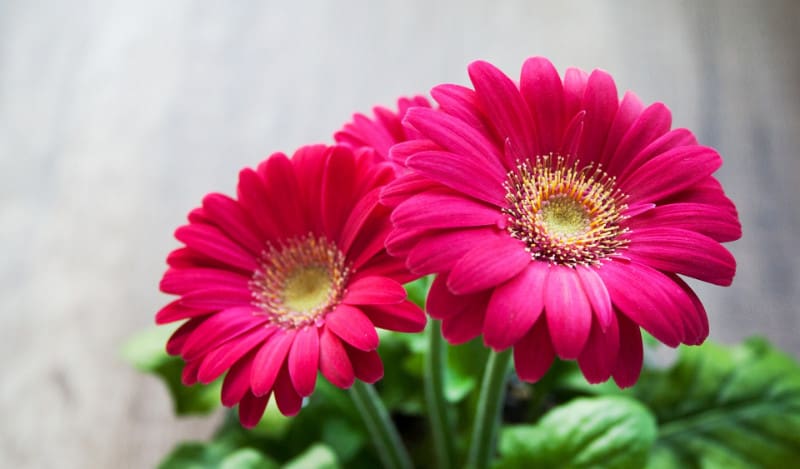
Daisies are cheerful, classic flowers that can enhance any garden space, especially when planted with hydrangeas. Their bright white petals and sunny yellow centers can bring a carefree and casual aesthetic alongside the more formal appearance of hydrangeas. Daisies thrive in full sun and well-drained soil, making them a versatile companion.
These perennial flowers bloom in early to midsummer, providing a burst of color that contrasts beautifully with hydrangeas. Their upright growth habit allows them to fill the gaps in your garden, creating a balanced composition when interspersed among hydrangeas.
Daisies are self-seeding, which can create a naturalistic, evolving garden over the years. Their resilience and ability to thrive in various conditions make them a perfect choice for gardeners looking to create a low-maintenance floral display that offers a lively contrast to the hydrangea’s grandeur.
Delphiniums
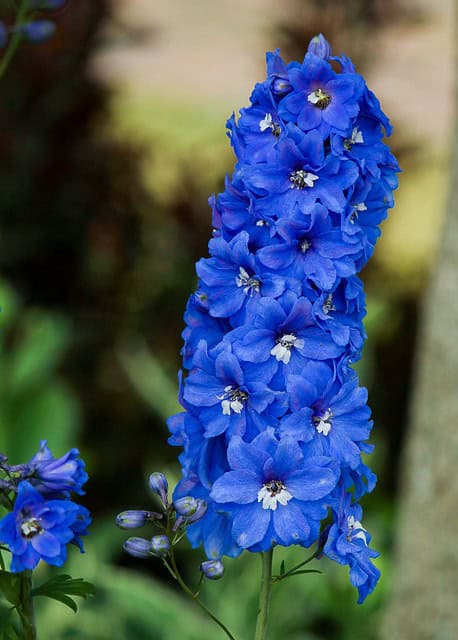
For a touch of drama, consider planting delphiniums alongside hydrangeas. These towering perennials can reach impressive heights, adding vertical interest to your garden design. Their vibrant blue, purple, or white blooms provide a stunning contrast to the pastel colors of many hydrangea varieties.
Delphiniums thrive in sunny locations with well-drained soil, making them an excellent pairing with hydrangeas, which appreciate both sunlight and moisture. The combination of bold delphinium spikes with the lush, rounded foliage of hydrangeas creates a mesmerizing interplay of shapes.
These flowers bloom in late spring to early summer, bringing another layer of color to your garden when combined with hydrangeas. Additionally, delphiniums are known to attract bees and butterflies, enriching the garden’s pollinator population while creating a picturesque scene.
Daylilies
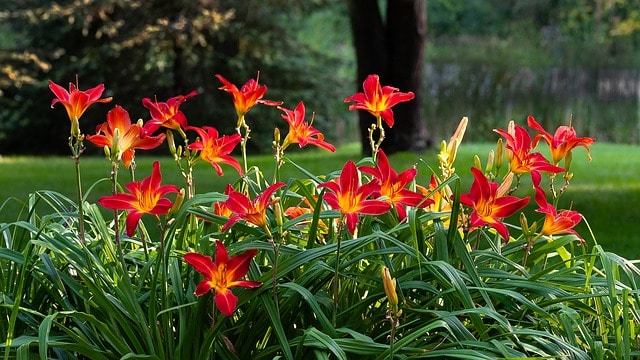
Daylilies are perennial favorites known for their resilience and vibrant blooms. They offer a multitude of colors and shapes, making them an excellent companion for hydrangeas. With their grass-like foliage, daylilies create a natural look while pulling your eye toward the more structured hydrangea flowers.
These plants thrive in well-drained soil and can tolerate a range of light conditions, from full sun to partial shade. Because hydrangeas also enjoy consistent moisture, planting daylilies nearby can create a harmonious moisture retention in the soil.
Daylilies bloom throughout the summer, their flowers opening individually for just one day, creating a dynamic visual display as new buds emerge. This unique blooming pattern complements hydrangeas’ longer-lasting clusters, ensuring your garden is a continual source of interest and color.
Sedum ‘Autumn Joy’
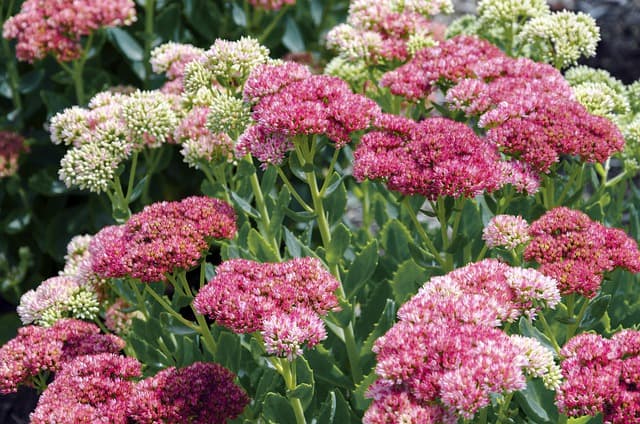
Sedum ‘Autumn Joy’ is a standout perennial that adds a unique late-season visual appeal to gardens with hydrangeas. This succulent plant produces large, pink flower clusters in late summer to fall, perfectly complimenting the fading blooms of hydrangeas.
With their drought-resistant nature, sedums require less water than hydrangeas, making them ideal for lower-maintenance gardening. Plant ‘Autumn Joy’ in well-drained soil with good sun exposure for optimal growth. The contrast between the thick, succulent leaves of sedum and the soft, delicate foliage of hydrangeas creates visual drama in your garden.
Moreover, sedum ‘Autumn Joy’ is a magnet for pollinators in the autumn, helping to support local wildlife. Its unique blooming period can ensure your garden remains vibrant when many other flowers have finished for the season, maintaining visual interest even as temperatures cool.
Echinacea
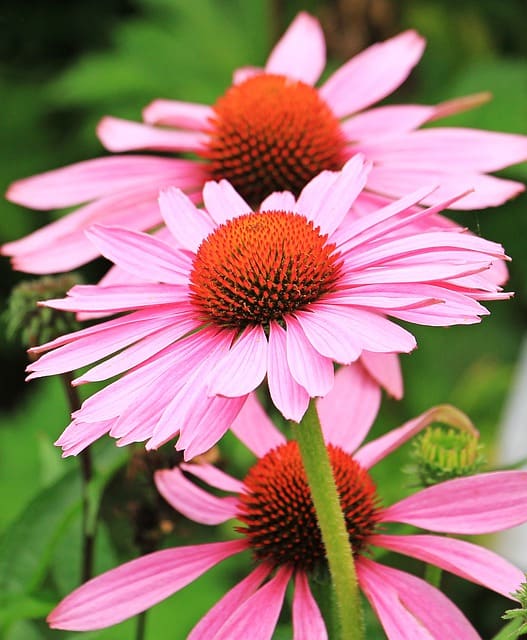
Echinacea, or coneflower, is a sturdy perennial that thrives in sunny gardens. Their daisy-like flowers bloom in a range of vibrant colors, such as pink, purple, and white, making them an eye-catching companion for the soft hues of hydrangeas. With a similar tolerance for various soil types, echinacea and hydrangeas can coexist harmoniously in garden beds.
The tall, upright profiles of echinacea contrast beautifully with the rounded forms of hydrangeas. They also bloom in late summer, providing a second wave of color after the hydrangeas have peaked, ensuring your garden is filled with lovely blooms for an extended season.
Echinacea is known for attracting butterflies and bees, enhancing the biodiversity of your garden. Additionally, their seed heads provide food for birds in the fall and winter months, making echinacea an environmentally friendly choice.
Black-eyed Susan
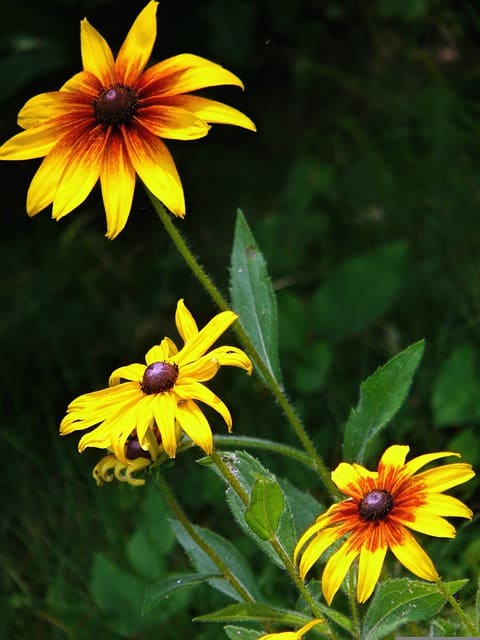
Black-eyed Susans are a quintessential American wildflower that brings warmth and brightness to any garden. Their golden-yellow petals combined with dark centers make them visually striking companions for hydrangeas, which often feature cooler hues.
These hardy perennials thrive in sunny locations and well-drained soil, allowing them to flourish alongside hydrangeas without competing for resources. Blooming from early summer through fall, black-eyed Susans extend the flowering season of your garden while providing a cheerful contrast against the hydrangeas’ lush foliage.
These flowers attract a variety of pollinators and provide visual movement in the breeze. Planted together, hydrangeas and black-eyed Susans create a sense of harmony, drawing attention to each plant’s beautiful characteristics and encouraging guests to linger in your garden.
Clematis
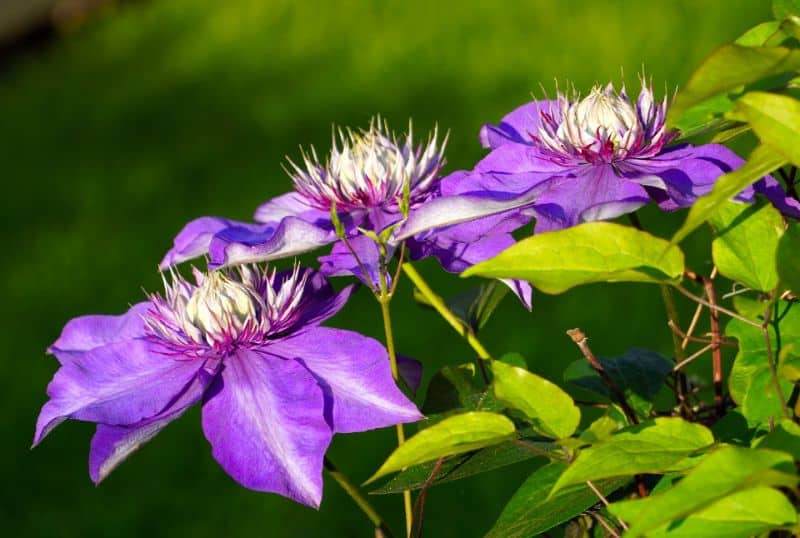
Clematis is a flowering vine that brings elegance and romantic charm to any garden. With flowers in shades ranging from bright blue and purple to rich red and pink, clematis can be trained to climb trellises, arbors, or even the sturdy branches of hydrangeas, if planted thoughtfully.
When paired with hydrangeas, clematis can offer a delightful vertical element, creating layers of color and texture throughout the garden. Clematis flourishes in well-drained soil and can tolerate various light conditions, but it does best with some sun for blooming.
The flowering period of clematis can complement hydrangeas, as the two can bloom at different times of the season. Planting them together not only improves the aesthetic appeal of your landscape but also allows for continuous color variation in your garden as clematis and hydrangeas take turns in the spotlight.
Roses
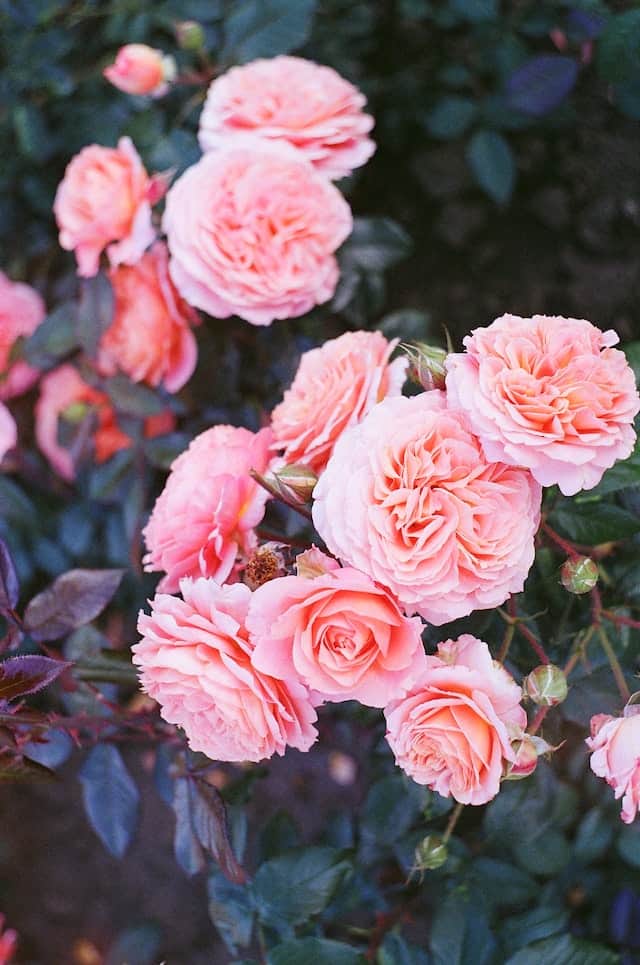
Roses are timeless garden staples that can beautifully intertwine with hydrangeas in any garden layout. With countless varieties to choose from, their colors, forms, and fragrances provide a stunning backdrop to hydrangeas’ lush blooms. Roses thrive in sunny, well-drained locations and require regular moisture.
When planting roses alongside hydrangeas, consider the different heights and shapes to create layers. For instance, lower-growing varieties of roses can pair beautifully at the base of taller hydrangeas. This combination not only highlights their individual beauty but also offers a range of colors that can make your garden truly captivating.
Roses also attract beneficial pollinators, enhancing the garden’s ecological balance. By strategically selecting rose varieties that bloom at different times, you can create a continuous floral display that, together with hydrangeas, creates a breathtaking seasonal showcase.
Gardenia
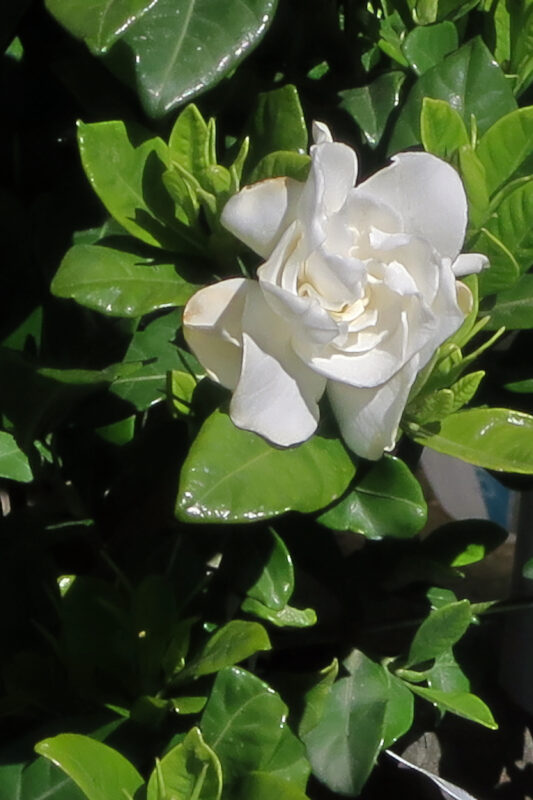
Gardenias are cherished for their intoxicating scent and glossy, dark green foliage, making them an exquisite companion to hydrangeas. Their creamy white blooms contrast beautifully with the vibrant colors of hydrangeas while exuding a romantic fragrance during their blooming period, usually in late spring and summer.
Both gardenias and hydrangeas thrive in similar growing conditions, preferring well-drained, moisture-retaining soil and full to partial sun. Utilizing these two plants together can create a lush, tropical feel in your garden.
The subtropical appearance of gardenias, with their waxy leaves and fragrant blooms, adds texture and interest to hydrangea beds. This pairing not only enhances the visual appeal of your landscape but can also attract nocturnal pollinators, such as moths, creating an enchanting after-dark experience in your garden.
Rose of Sharon
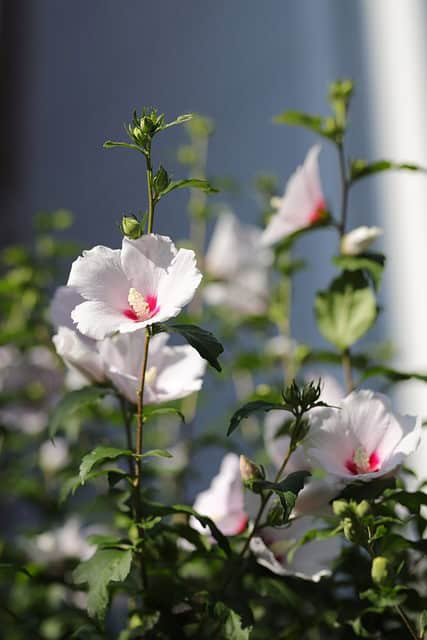
The Rose of Sharon, or Hibiscus syriacus, is a flowering shrub that can complement hydrangeas with its exotic-looking blooms and lush foliage. It offers a unique ability to provide vertical structure alongside the more rounded hydrangea flowers. With a range of flower colors—from white and pink to blue and purple—this plant can harmonize nicely with the hydrangeas in your garden.
These plants thrive in sunny locations and accept various soil types, making them easy companions for hydrangeas. Blooming from summer to fall, the Rose of Sharon can add long-lasting color when hydrangeas might start to decline.
In addition to their beauty, Rose of Sharon bushes provide a habitat for various pollinators and beneficial insects. Their lush foliage acts as a delightful backdrop for hydrangeas, allowing both plants to shine while creating a lively garden atmosphere.
Conclusion
Choosing the right companion plants for your hydrangeas can transform your garden into a vibrant and exciting space. From the graceful astilbe to the cheerful black-eyed Susan, each flower described above adds a distinct charm and character to your landscape. By considering factors like bloom times, color contrasts, and growth habits, you can create a captivating visual display that holds interest throughout the seasons.


